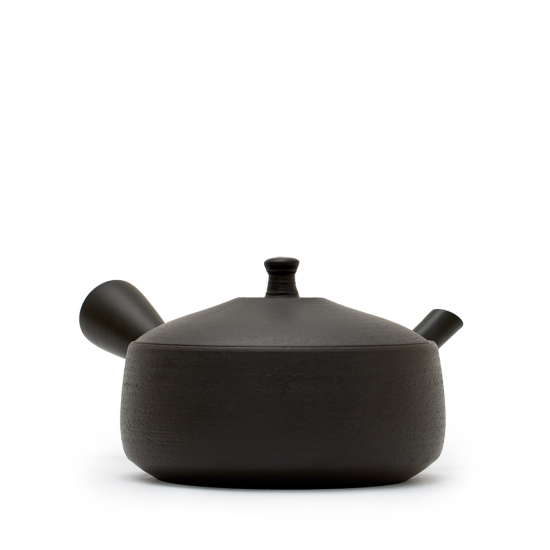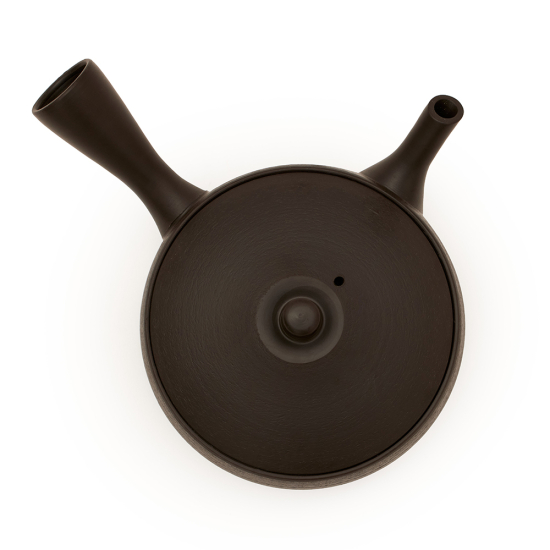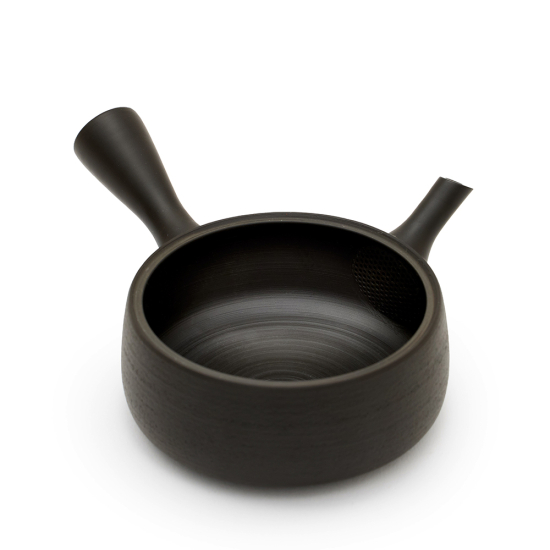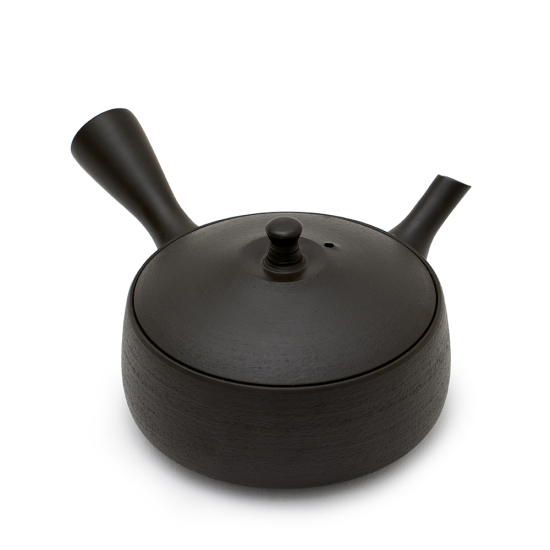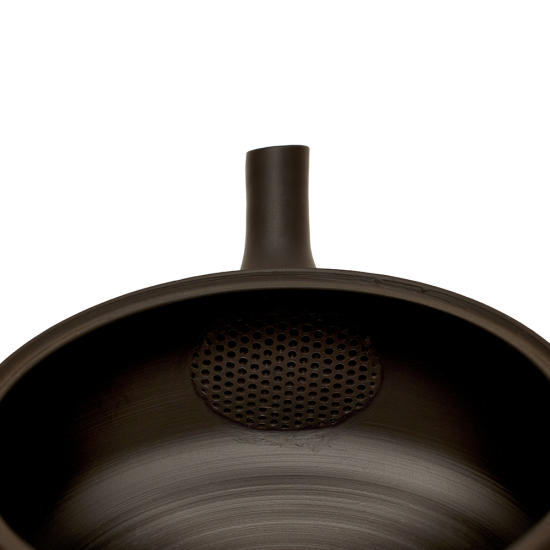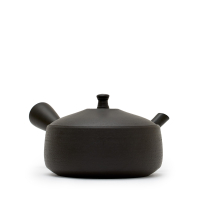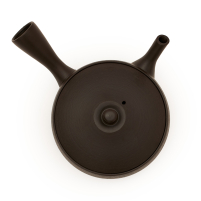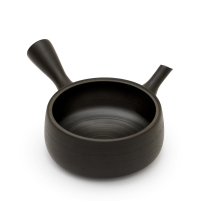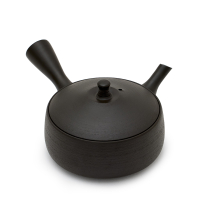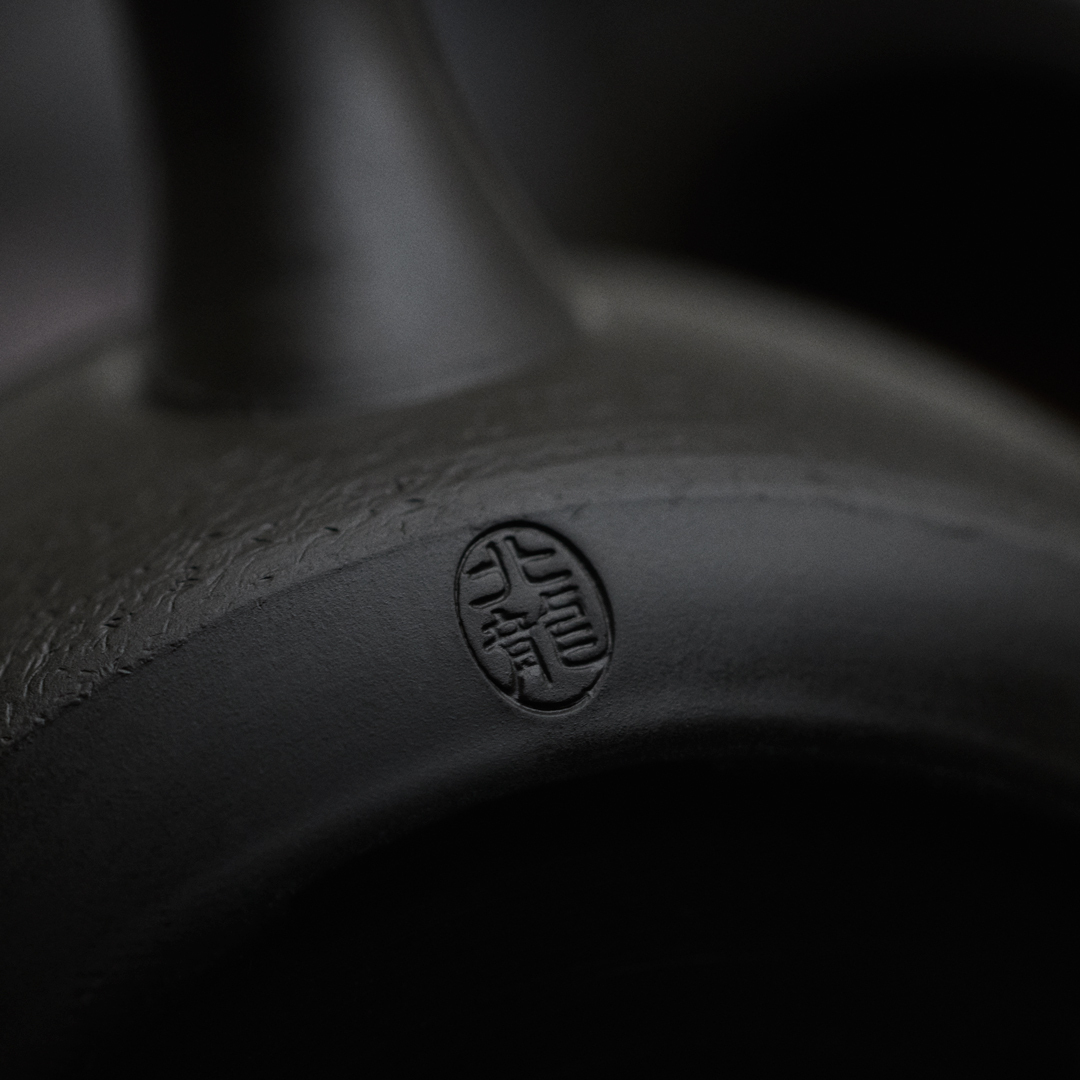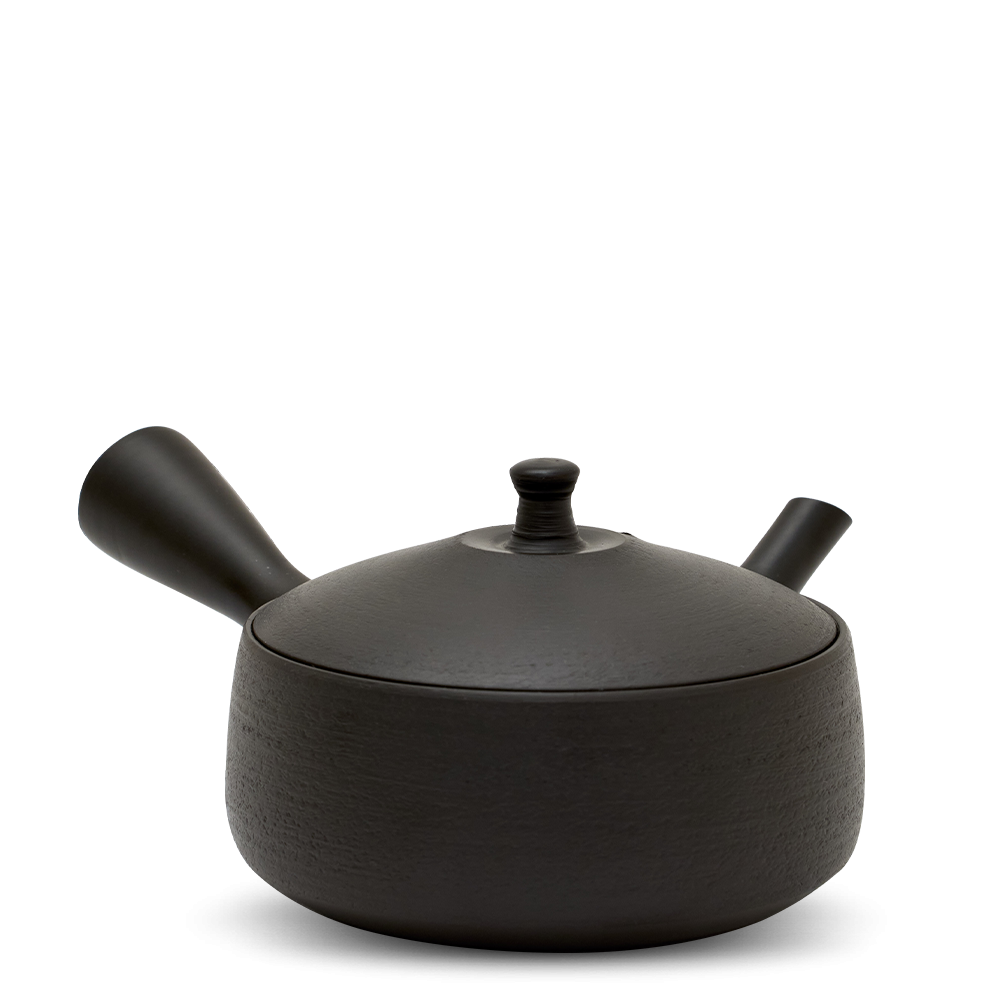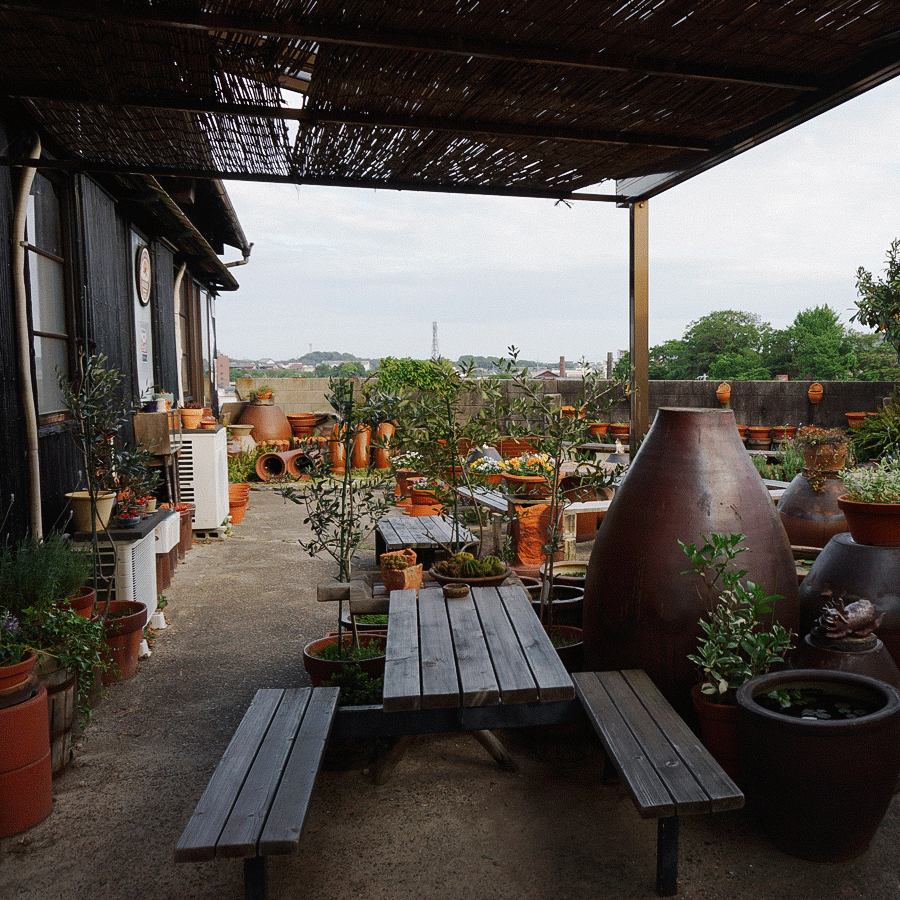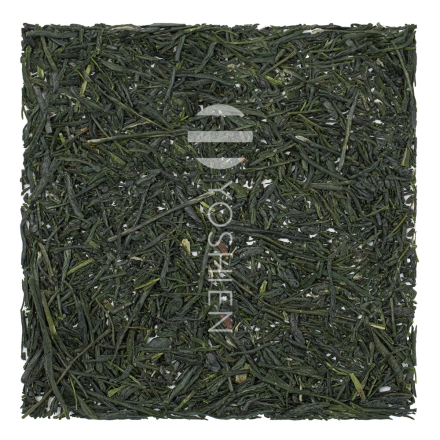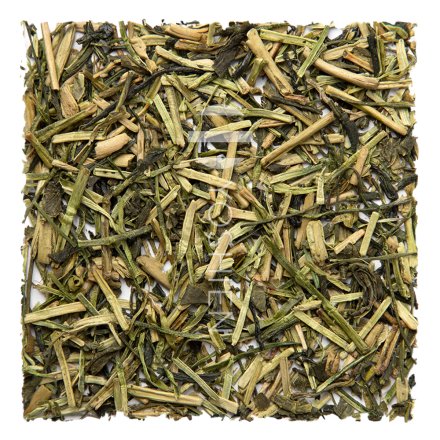As for all unglazed ceramics, wash with warm water and a soft cloth only. Do not use washing-up liquid or put in the dishwasher. Pat the outside dry with a towel and/or leave the Kyusu to air dry naturally with the lid off. If tea leaves get trapped in the strainer, brush away with a soft brush, such as a toothbrush.
Kyusu Tokoname
Hira Kuro
Hokuryu
SKU
0440
A sleek black Japanese side-handle Kyusu teapot with a delicate wood-like finish, handcrafted at the esteemed Hokuryu kiln. This flat design made from unglazed Tokoname clay is optimal for brewing premium Japanese green teas like Sencha and Gyokuro.
| Item | Kyusu teapot |
|---|---|
| Origin | Tokoname, Aichi, Japan |
| Artist | Hokuryū / Tatsuo Umehara |
| Colour | Black |
| Volume | 190ml |
| Dimensions | Ø9.2 x H5cm |
| Material | Ceramic, unglazed |
| Strainer | Ceramic mesh |
| Artist mark | Seal below handle |
| Packaging | Cardboard box |
Each piece is handmade and unique, therefore colour, volume and dimensions may vary slightly



